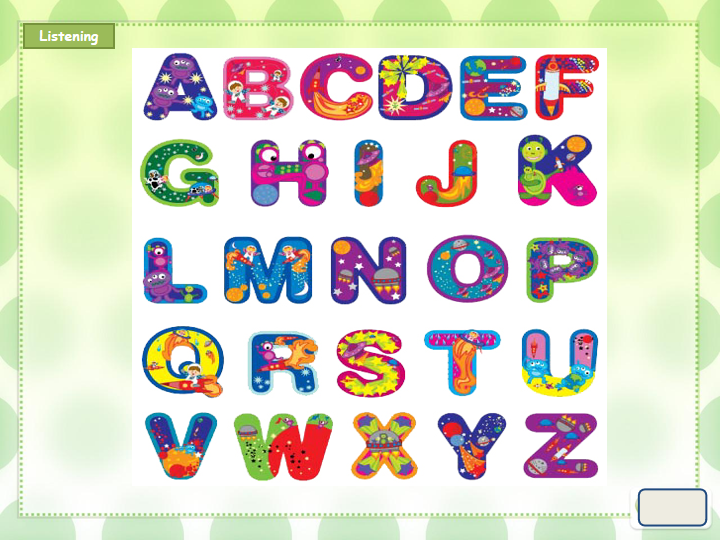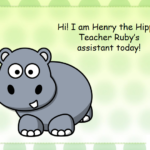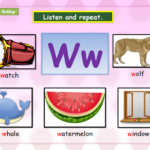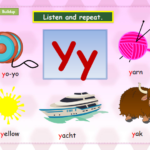Basic Reading in English: Alphabet Review. 3 Free Presentations in PowerPoint format for preschool and kindergarten with Interactive Games, Songs & Activities to improve phonics and reading skills.
Basic Reading in English: Alphabet Review
Basic Reading in English: Alphabet Review
Free Presentations in PowerPoint format with Interactive Games, Songs & Activities
This beautifully illustrated phonics PowerPoint presentation is great for teachers who are new to teaching phonics, with helpful tips for practising with your children. A great reference tool, the PowerPoint also includes some fun example phonics activities for parents to try by themselves and with children.
Why teaching phonics:
- English is one of the most complicated languages to learn – teaching using phonics is designed to make learning to read and spell easier for children
- There are 44 sounds that make up the words in the English language – these are called phonemes
- Teaching phonics can help develop children’s love of reading and boost their enjoyment as they become more confident
- Listening for and identifying sounds is a great way to practise phonics at home
This Phonics PowerPoint Will Help You Teach
Phonics is considered to be the best method to use when teaching children to read and write. It forms the building blocks of their entire education.
Teaching using phonics helps children recognise the sounds in words and how to spell them. Reading to and with your child, every day, will help improve their phonics skills.
This PowerPoint presentation on teaching phonics will bring you up to speed with the way language is now taught in schools.
There is more to reading than phonics
Phonics is crucial but not sufficient. There are 5 key elements which make an established reader. They are:
2) There is an order of sounds – get your hands on it
All good quality synthetic phonics programmes will have an order of teaching the sounds they work through.
3) The order of sounds will set your expectations as to what your child can read
This order will tell you what you can expect your child to know. A school that is in the ‘phonics know’ will provide decodable phonics readers which only cover the sounds a child has learned so far. A book which uses unknown sounds will lead a child to use ‘hit and miss’ strategies (such as using the picture as a clue), which has children guessing at words – research tells us that this is inefficient.
4) NEVER expect your child to guess from the picture
The best readers decode as their first strategy to read unknown words through a book.
5) Tricky Words will be…tricky!
Tricky words, also called Camera Words, are words like ‘was’ and ‘are’, which are more difficult to decode. They are important because they are used so often in children’s books and writing. Therefore your child will learn a bank of them to enable them to start reading and writing sentences quickly.
Phonics is great for helping your child lift the word from the page but reading to your child will help with vocabulary acquisition and comprehension.
Here is a Powerpoint presentation that can help you with that.


Basic Reading in English: Alphabet Review
DOWNLOAD THE POWER POINT FOR FREE







